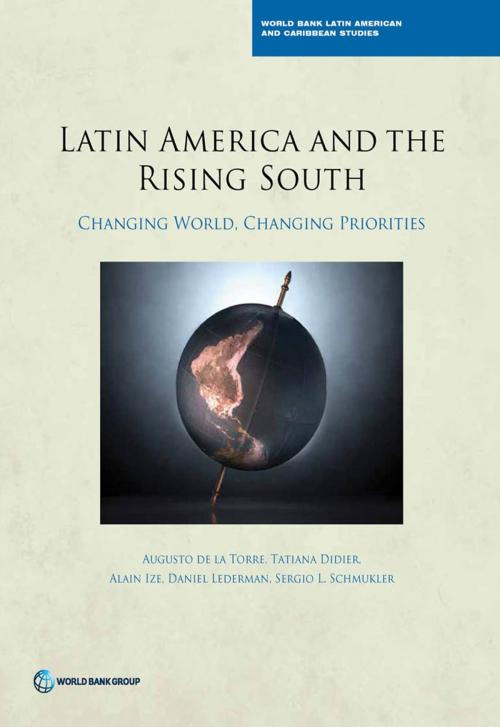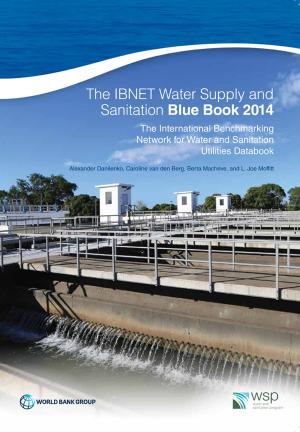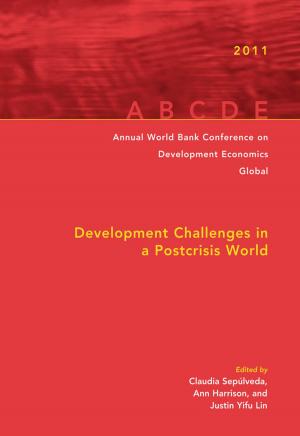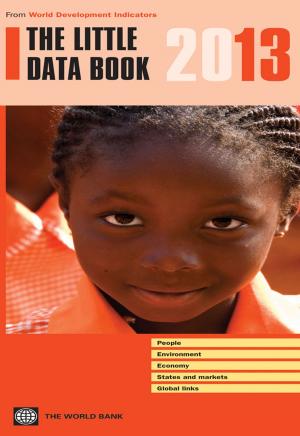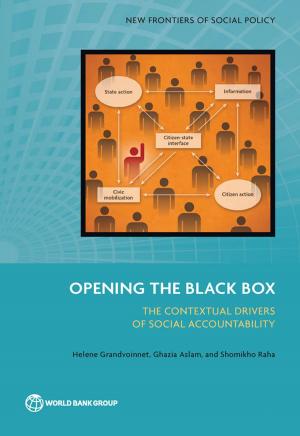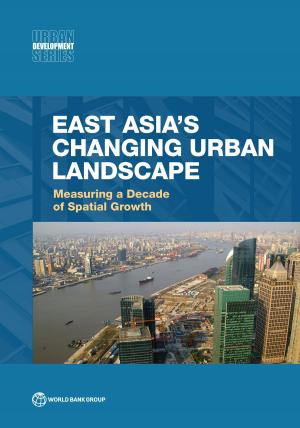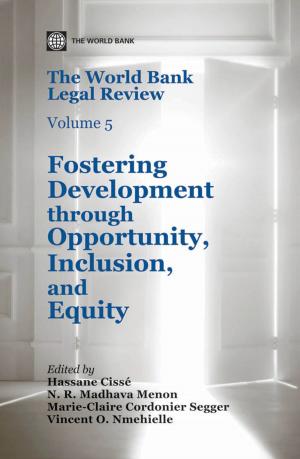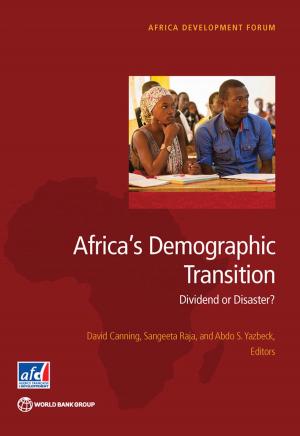Latin America and the Rising South
Changing World, Changing Priorities
Business & Finance, Economics, Microeconomics, Economic Development| Author: | World Bank | ISBN: | 9781464803567 |
| Publisher: | World Bank Publications | Publication: | May 19, 2015 |
| Imprint: | Language: | English |
| Author: | World Bank |
| ISBN: | 9781464803567 |
| Publisher: | World Bank Publications |
| Publication: | May 19, 2015 |
| Imprint: | |
| Language: | English |
The world economy is not what it used to be twenty years ago. For most of the 20th century, the world economy was characterized by developed (North) countries acting as 'center' to a 'periphery' of developing (South) countries. However, the recent rise of developing economies suggests the need to go beyond this North-South dichotomy. This tectonic re-configuration of the global landscape has brought about significant changes to countries in the Latin America and Caribean (LAC) region. The time is ripe for an in-depth analysis of the dynamics and nature of LAC's external connections.This latest volume in the World Bank Latin American and Caribbean Studies series will focus on the implications of these trends for the economic development of LAC countries. In particular, trade, financial, macroeconomic, and sectoral shifts, as well as labor-market aspects will be systematically analyzed.
The world economy is not what it used to be twenty years ago. For most of the 20th century, the world economy was characterized by developed (North) countries acting as 'center' to a 'periphery' of developing (South) countries. However, the recent rise of developing economies suggests the need to go beyond this North-South dichotomy. This tectonic re-configuration of the global landscape has brought about significant changes to countries in the Latin America and Caribean (LAC) region. The time is ripe for an in-depth analysis of the dynamics and nature of LAC's external connections.This latest volume in the World Bank Latin American and Caribbean Studies series will focus on the implications of these trends for the economic development of LAC countries. In particular, trade, financial, macroeconomic, and sectoral shifts, as well as labor-market aspects will be systematically analyzed.
